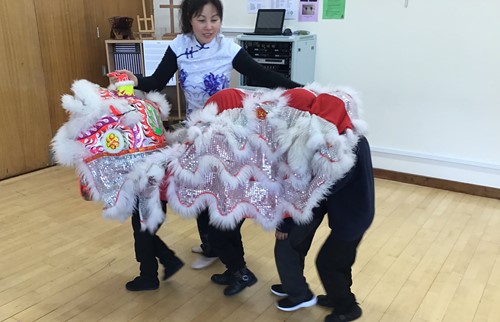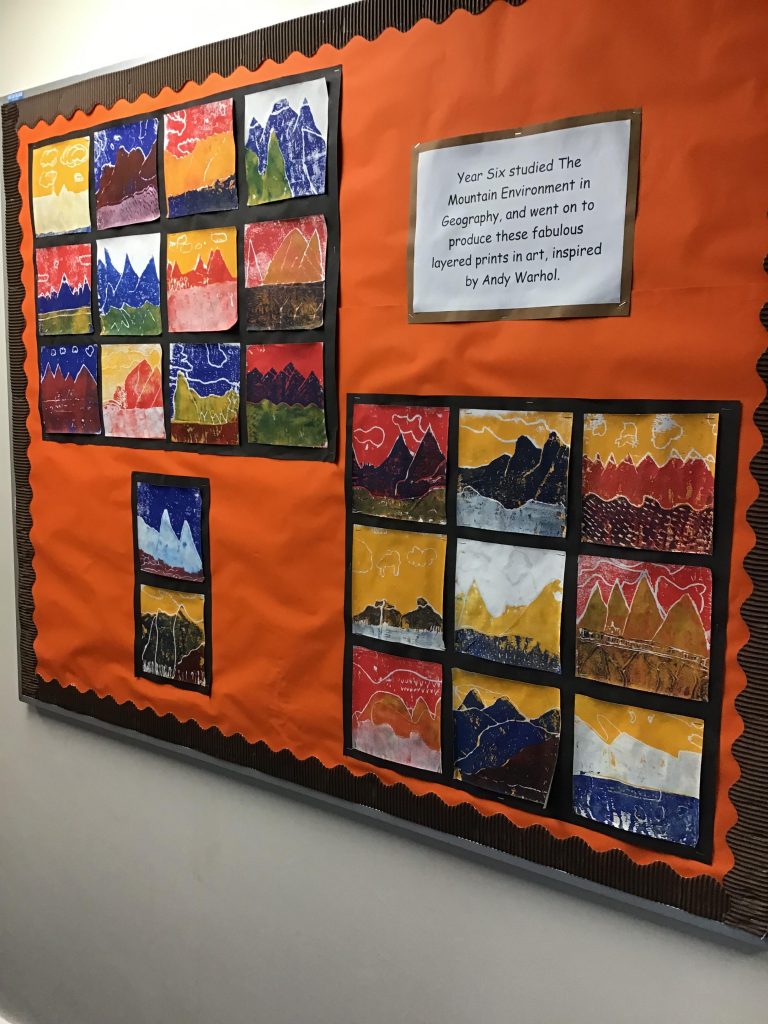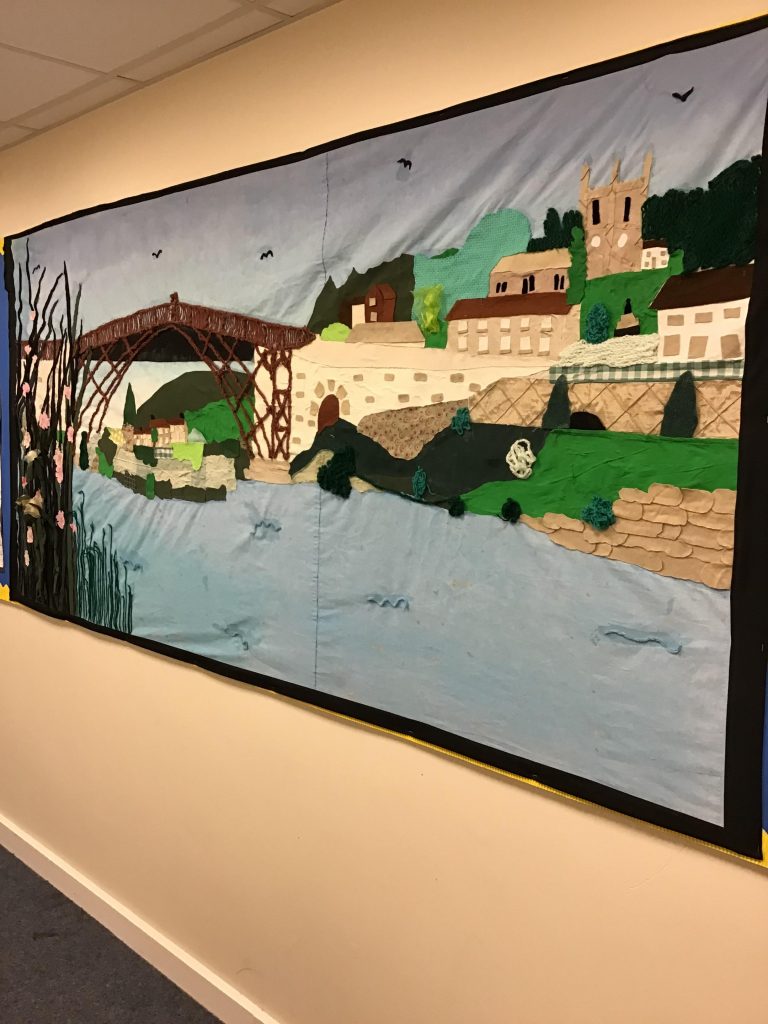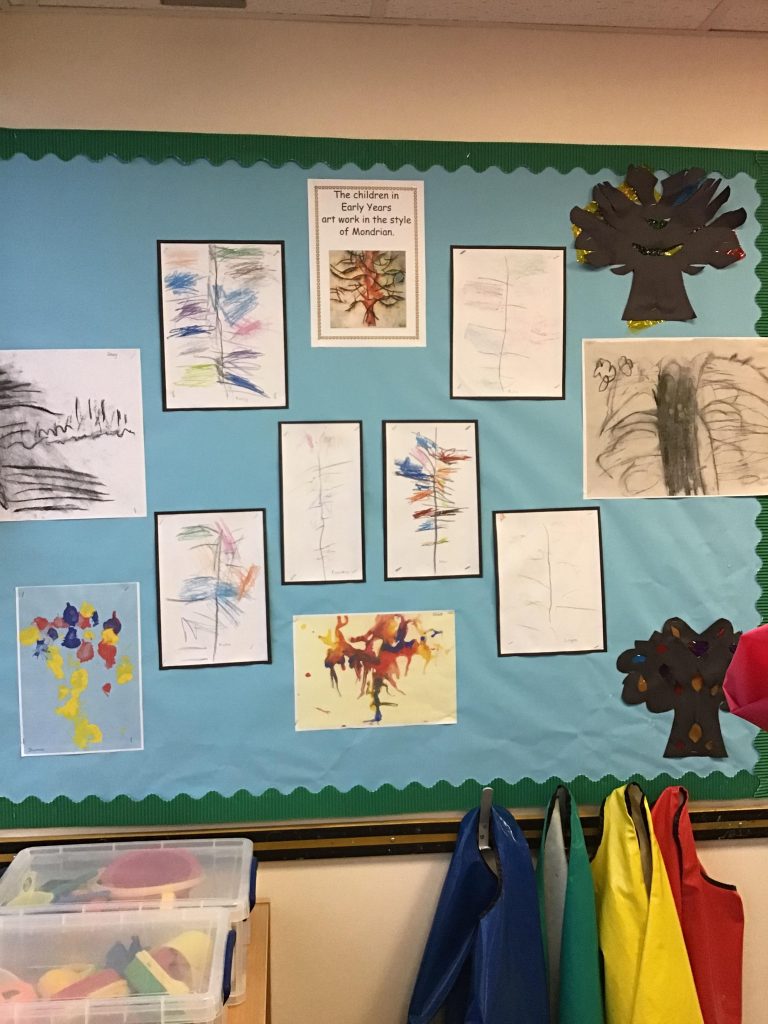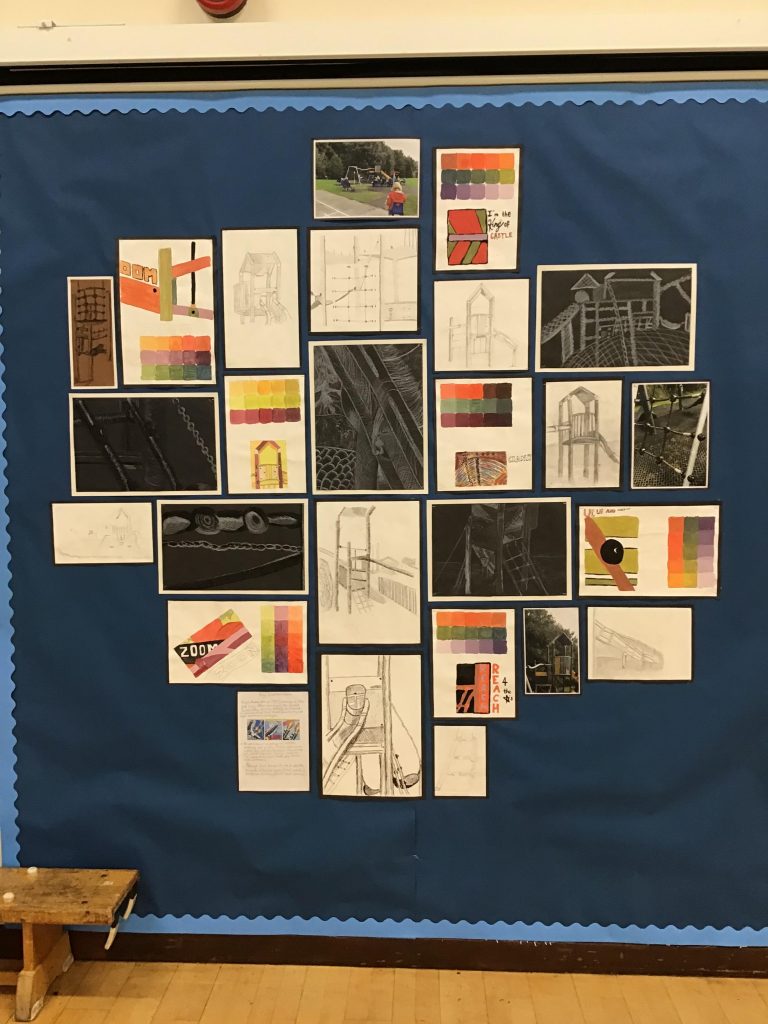Art
At William Reynolds Primary school, we recognise the importance of art to engage pupils, offering them opportunities to succeed beyond the traditional academic curriculum, stimulate their talents and spur on their academic creativity and independence in order to aspire for the future.
Our principle aims – from the National Curriculum in England - for art are to:
- produce creative work, exploring their ideas and recording their experiences
- become proficient in drawing, painting, sculpture and other art, craft and design techniques
- evaluate and analyse creative works using the language of art, craft and design
- know about great artists, craft makers and designers, and understand the historical and cultural development of their art forms
A broad and balanced creatively driven art curriculum, helps our pupils to develop a creative flair and imagination and gives pupils a better understanding and knowledge of cultural capital and the value art has in society.
The core of our art curriculum is the National Curriculum for England.
The curriculum has been specifically sequenced in a logical progression to ensure that new knowledge and skills build on what has been taught before: Early Years to Year 6. This enables our pupils to know more and remember more. End points and target points within objectives are identified for each year group through a whole school art progression plan. To enable progress substantive knowledge is taught practically and theoretically through knowing how we make art and the knowledge of art and its history. Disciplinary knowledge is taught by giving children the opportunity to explore and describe the differences and similarities between different practices and disciplines whilst making links to their own work.
All pupils in Key Stage 1 and 2 participate in three units of art throughout the year that develop their skills in drawing, painting, sculpture and other art, craft and design techniques. Pupils are taught the differences between traditional, modern and contemporary art. In EYFS art is embedded through continuous provision as well as taught lessons where pupils use and explore a variety of materials, tools and techniques, experimenting with colour, design, texture, form and function.
Every year group has a yearly Curriculum Map that outlines the key areas of art which will be taught throughout the year. This ensures that an adequate amount of time and coverage is allocated to each key area.
Detailed Medium Term planning supports teachers to plan a sequence of progressive lessons and over time, giving the children opportunities to master new substantive concepts. Within this document, key objectives and vocabulary are outlined. Progression documents, used to support the Medium-term plan, ensure that staff are delivering a consistent and challenging curriculum. Sketch books are used within Key Stage 1 and 2 to record their observations and ideas and show a progression of skills.
Where possible, lessons are contextualised to engage the children further with their learning. As a school, we understand the importance of high-quality teaching so there are opportunities to upskill and improve teacher’s subject knowledge through CPD sessions.
Within the lesson, teachers check pupils understanding effectively and address any misconceptions through regular feedback. The curriculum is designed and delivered in a way that allows pupils to know more and remember more. Key skills and knowledge are embedded in their long-term memory so they can apply their learning to a range of art movements.
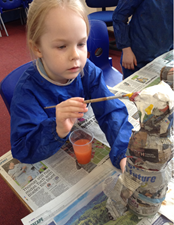
.
The EYFS curriculum includes rich opportunities for pupils to express and develop their own creativity and imagination. Within the Foundation Stage, pupils explore and play with a wide range of media and materials. They are then encouraged to share their creations, explaining the process they have used.
As pupils move through KS1, they will use a range of materials creatively to design and make products and use drawing, painting and sculpture to develop and share their ideas, experiences and imagination. Pupils develop a wide range of art and design techniques in using colour, pattern, texture, line, shape, form and space as well as learning about the work of a range of artists, craft makers and designers.
Key skills and techniques learnt in KS1 are built upon in KS2, giving pupils the opportunities to master art and design techniques, including drawing, painting and sculpture with a range of materials. Alongside this, they continue to build on their knowledge of great artists, architects and designers in history increasing their understanding of the value of art within society.
The impact of our curriculum is that:
- Pupils make progress in range of art and design techniques.
- Pupils know the similarities and differences between a range of art movements and styles.
- Pupils develop their knowledge of various artists and understand the historical and cultural development of their art forms.
- Pupils understand the value of art and how it is used in everyday life.
